EXPLAINED: How Formula 1 has cut its carbon footprint by 26%
Formula 1 made a 26% reduction in its carbon emissions by the end of 2024, and is on track to achieve its target of becoming Net Zero by 2030. Lawrence Barretto looks at how the sport is successfully delivering its sustainability aims.

Formula 1 has announced it's over halfway towards achieving its target of becoming Net Zero by 2030, according to numbers released on Wednesday as part of its Sustainability Update. Here's a round-up of the key takeaways...
Okay, you've got my attention. What's this all about?
I'm glad you asked. Formula 1 launched its sustainability strategy in 2019 with the aim of becoming Net Zero by 2030. To do that, it committed to a minimum absolute carbon emission cut of at least 50% versus 2018, before considering credible offsets.
The sport has been working hard at that target over the six years since - and it's been a team effort, with F1 working hand in hand with teams, promoters, partners and governing body the FIA to reduce the sport's carbon footprint.
Nice. So what's been the progress so far?
F1 delivered a 26% reduction in its carbon emissions by the end of 2024 compared to its 2018 baseline, putting it over halfway towards hitting its target with five years to go.
At the end of last season, F1's carbon footprint was 168,720 tCO2e (tonnes of carbon dioxide equivalent), down from 228,793 tCO2e in 2018 – that’s a reduction of more than 60,000 tonnes of CO2.
This has been achieved during a period of strong growth for the sport, with the calendar growing from 21 events in 2018 to 24 in each of the last two seasons.
Meanwhile, race attendances have swelled from 4 million to 6.5 million – pushing the sport's global fanbase to over 826 million.
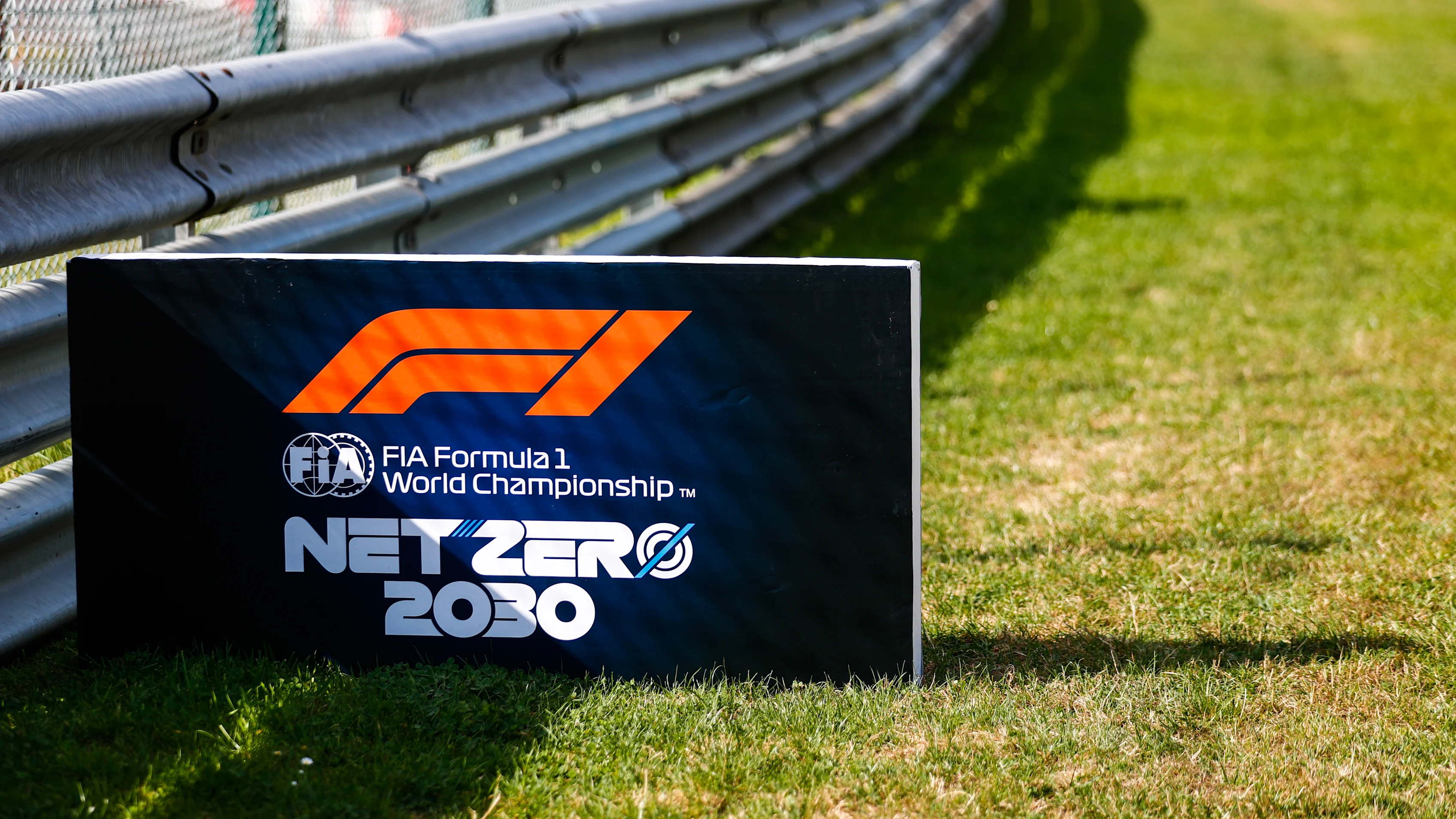
Sounds impressive. How have they done it?
Through a plethora of initiatives.
Emissions from factories and facilities have reduced by over 34,000 tCO2e compared to 2018, courtesy of the transition to renewable energy sources to power Formula 1 and F1 teams sites. That's a 59% reduction in this area alone.
Emissions from travel have been cut by almost 20,000 tCO2e compared to 2018, representing a 25% reduction in this area. This has been achieved through the rollout of remote broadcast operations and F1 teams making investments in Sustainable Aviation Fuel (SAF) for their business travel operations.

I like it. What else has been done?
I like this interest! Courtesy of investments in remote broadcast operations, F1 deploys the world's largest intercontinental remote production system every race weekend from the company's Media & Technology Centre in the UK.
It now has around 140 personnel working remotely at each race weekend, reducing the number of people travelling to races, which in turn reduces the carbon footprint.
F1 has made a significant investment in new freight containers, which has allowed use of more efficient 777 planes. The sport has also invested in SAF for freight operations and expanded the use of biofuel trucks for freight in Europe. This has triggered a 9% reduction in this area, relative to 2018, after a cut of 6,438 tCO2e.
And while total event operations emissions for the 24-race calendar have increased slightly by 247 tCO2e because of the addition of three more Grands Prix, they have decreased by 12% on a per-race basis.

Ah yes, talking of the calendar – I've noticed some races have been moving around...
They have indeed – and that's part of F1's plan to improve the geographical flow of races around the world.
It's seen the Japanese Grand Prix move from September to April to create an Asia-Pacific segment, and moving the Azerbaijan Grand Prix to align with Singapore.
There's a swing in the Middle East to end the season, with Qatar slotting in as the penultimate race of the year ahead of the closer in Abu Dhabi.
And from next year, the Canadian Grand Prix is moving to May. This avoids an additional transatlantic crossing and allows freight to head straight from the Sunshine State after Miami to Montreal.
As part of this tweak, Monaco moves into June to create a European leg of the season in a single period.
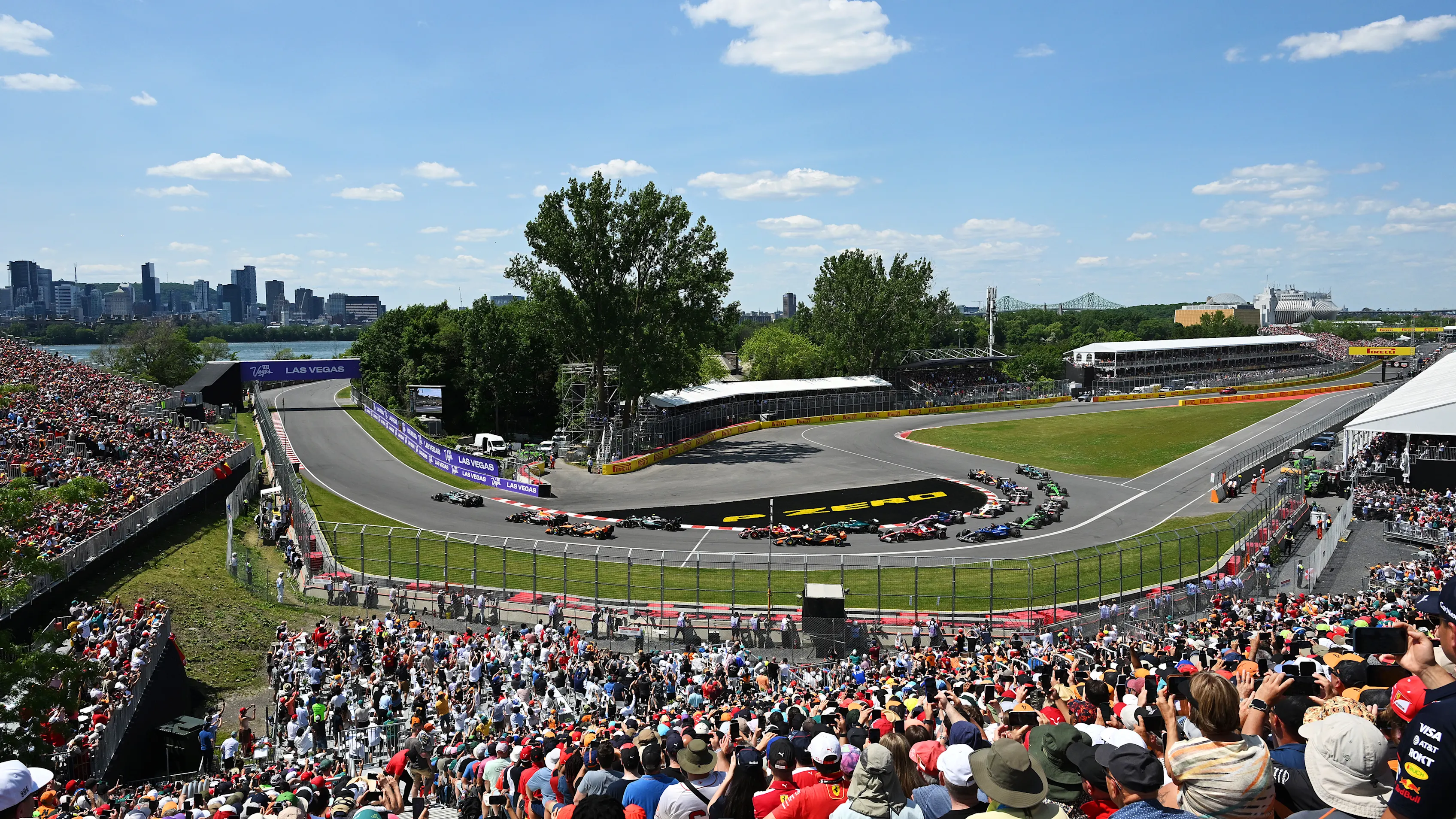
Collectively, this rationalisation of the calendar delivers significant associated carbon reductions.
So what's the plan to maintain momentum and ensure F1 hits its target?
Further investment will be pumped into its alternative fuel strategy, including the increasing use of SAF.
From next season, the entire F1 grid will be powered by advanced sustainable fuels for the first time in the sport's history.
That fuel, developed by F1 and which debuted in F2 and F3 this season, will be a 'drop in' that could be used in road cars as well, with the potential to reduce emissions well beyond our racetracks.
The sport will continue to move towards the use of sea freight and regional hubs and work on cross-sport solutions to drive efficiencies in its global logistics network.

Next Up
Related Articles
 Joseph ‘very proud’ to be part of Norris’ title success
Joseph ‘very proud’ to be part of Norris’ title success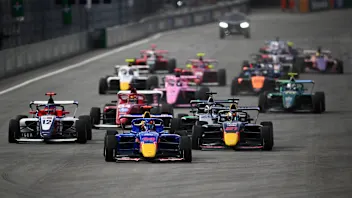 F1 ACADEMY unveils calendar for 2026 season
F1 ACADEMY unveils calendar for 2026 season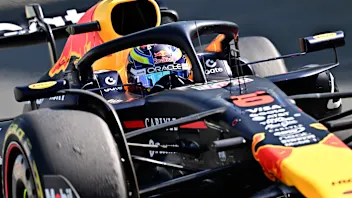 Drivers hit the track for Abu Dhabi post-season test
Drivers hit the track for Abu Dhabi post-season test Hamilton 'doesn't have a mindset' for 2026 after tricky year
Hamilton 'doesn't have a mindset' for 2026 after tricky year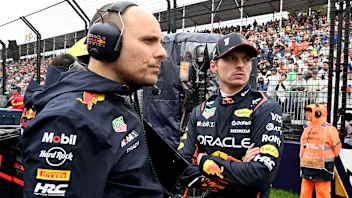 Verstappen pays tribute to Lambiase after ‘emotional year’
Verstappen pays tribute to Lambiase after ‘emotional year’/Untitled-10.webp) Bottas embarks on first day as a Cadillac driver
Bottas embarks on first day as a Cadillac driver